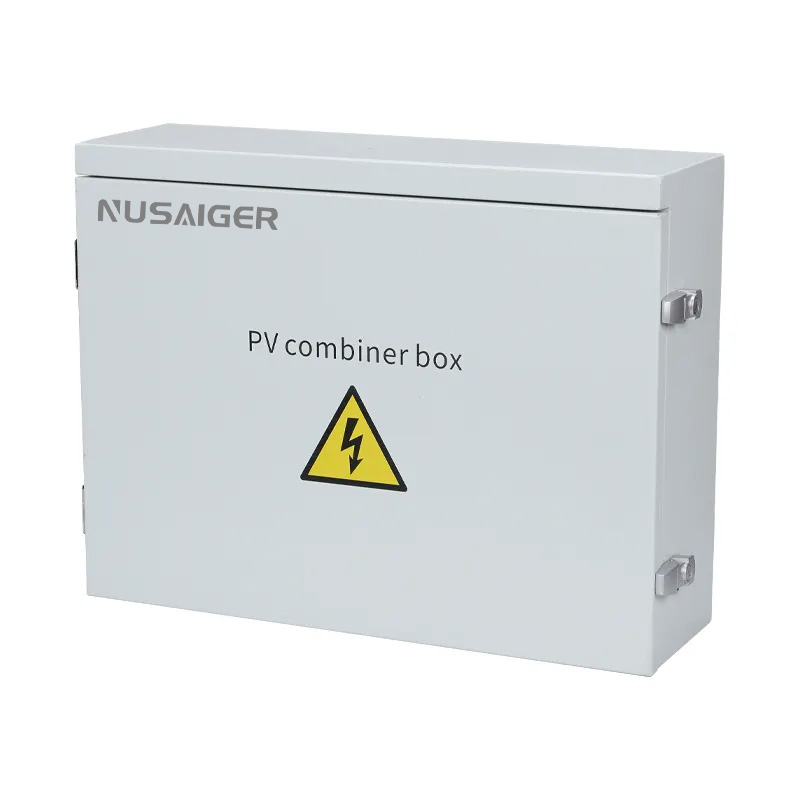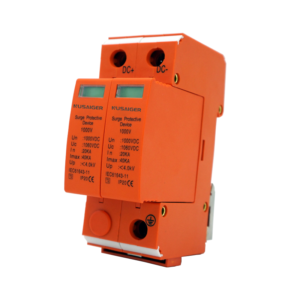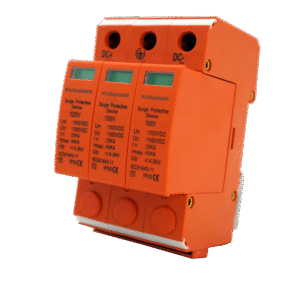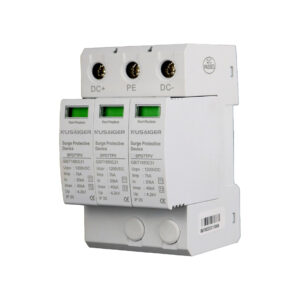Introduction
As solar energy continues to grow in popularity across residential, commercial, and industrial sectors, understanding the components of a photovoltaic (PV) system is essential. One such critical component is the PV combiner box. This article offers a beginner-friendly guide to help you understand what a PV combiner box is, how it works, and why it is important for the safety and efficiency of your solar installation.
What is a PV Combiner Box?
A PV combiner box is an electrical enclosure used in solar power systems to combine the outputs of multiple solar panel strings into a single DC output. This streamlines the wiring process, enhances safety, and simplifies maintenance.
Main Functions
- Combines multiple DC inputs from solar panel strings
- Protects the system with fuses or circuit breakers
- Provides surge protection through SPD (Surge Protective Devices)
- Enables easy disconnection for maintenance and safety
Key Components
- Fuses/Breakers: Protect individual strings from overcurrent.
- Surge Protective Devices (SPD): Prevent damage from lightning or grid spikes.
- Isolator/Disconnect Switch: Allows manual disconnection.
- Busbars: Facilitate current collection from all strings.
- Monitoring Modules: Measure current and voltage for each string (optional).
Types of PV Combiner Boxes
- Standard Combiner Boxes: Manual, basic protection features.
- Smart Combiner Boxes: Include monitoring and communication systems.
Installation Tips
- Mount close to the solar array to minimize cable losses
- Ensure proper sealing and IP rating (minimum IP65)
- Verify cable sizing and breaker ratings
Conclusion
A PV combiner box is an essential component of any solar PV system. Understanding its role, functionality, and key components helps ensure a safer and more efficient solar installation.



